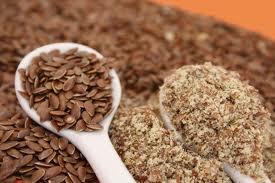Sexual dysfunction is often left untreated, as the topic may not be discussed at the doctor’s office. It can also be difficult to treat, since there can be physical or psychological reasons or a combination of both.
Studies by California researchers now show, that patients who were taking oral contraceptives (birth control pills) and stopped the pill show an increase of sexual function, more energy and fewer problems. Dr. Susan Sarajari from the Los Angeles Medical Center conducted this study and presented the results: About 15 % of women who take the birth control pill experience symptoms of sexual dysfunction from low libido, to low sexual arousal and vaginal dryness. Four weeks after discontinuing oral contraceptives, there was significant improvement. There was also a correlation between laboratory tests, which showed an increase in free testosterone after the pill had been discontinued. These findings are not entirely surprising, as it has been known for some time that androgens, or more specifically testosterone, increases sexual function in women.
In the past hormonal contraception has been overlooked as a culprit in sexual dysfunction. This study will likely serve as a wake-up call.
More info on BCP: http://nethealthbook.com/womens-health-gynecology-and-obstetrics/birth-control-options/contraception-birth-control-pill/
Reference: The Medical Post, November 9, 2004, page30
Last edited October 27, 2014






















